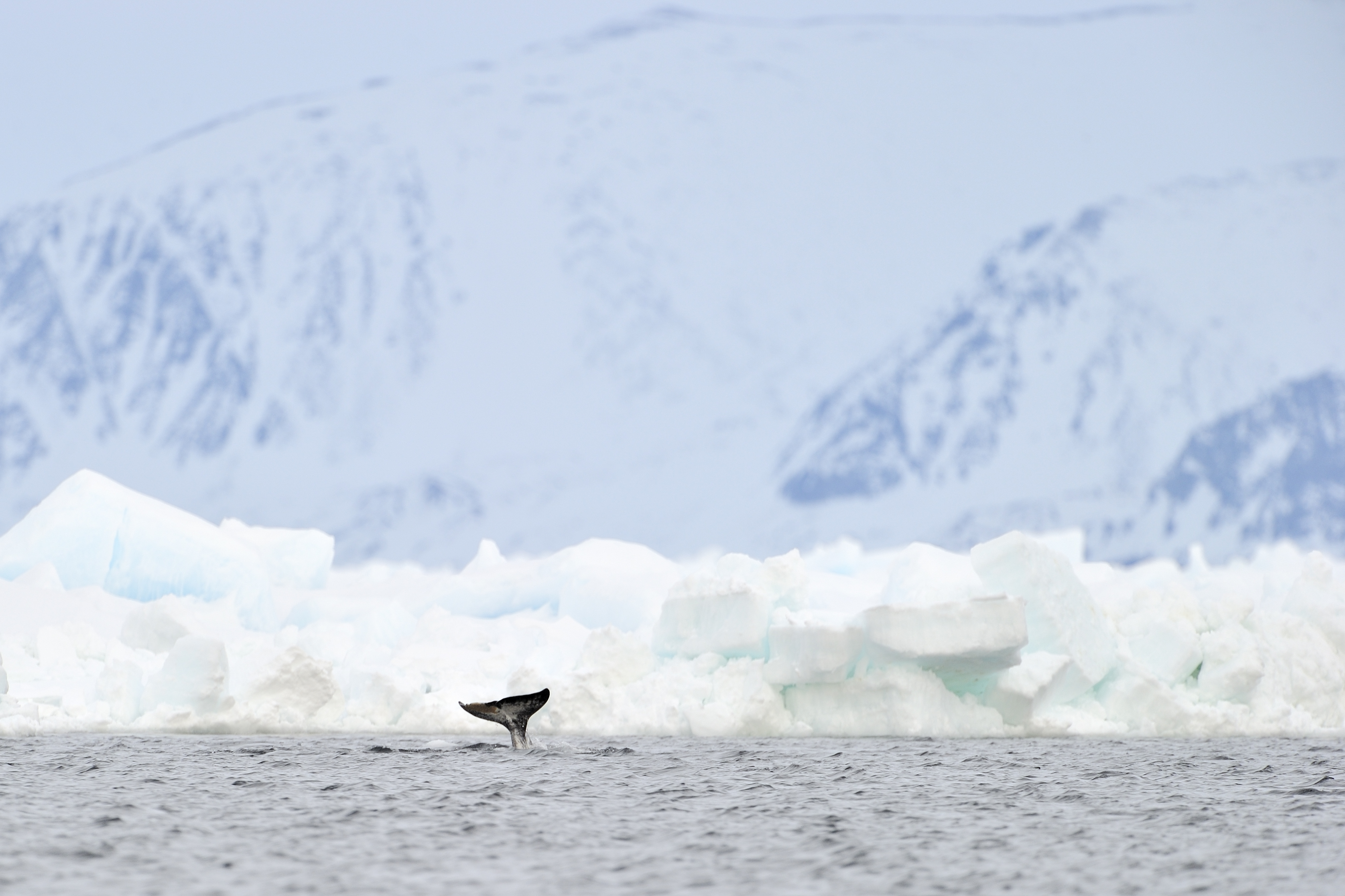It’s time for an Arctic Council ministerial summit that puts the meat in the meeting
This week, foreign ministers from Arctic states will gather in Fairbanks, Alaska, to collectively chart a course for the Arctic Council for the next two years and beyond. This is in some ways a remarkable event: Foreign ministers from countries that have had a fractious relationship recently are still willing to show up and meet in person. Despite the disputes elsewhere, this meeting is a manifestation of the desire of the Arctic states to continue working cooperatively in this part of the world.
The environment and the peoples of the Arctic need this cooperation more than ever.
An Arctic Council report just released shows that it will take a global effort above what’s already promised in the Paris climate agreement just to maintain the Arctic at a temperature several degrees above what it currently experiences. The Arctic is already committed to major climate-driven change. All that’s left to decide is how deeply that change will bite.

In the two years since the U.S. chairmanship began, the world came together to agree on two major global frameworks of importance to the Arctic. In Paris, nations agreed to hold the increase in the global average temperature to below 1.5/2 degrees Celsius above pre-industrial levels. Countries also agreed to the Sustainable Development Goals, designed to limit the impacts of development while providing peoples’ needs.
These global agreements set a framework for action, but that framework needs to be filled in with concrete actions, and the Arctic Council’s program over the next two years can supply some of the necessary actions.
Maintaining an Arctic environment that will still provide a home for unique Arctic wildlife such as narwhals and polar bears requires concerted actions by the Arctic states, actions that should be coordinated through the Arctic Council. It should build on what it has already done to develop networks of Arctic specially-managed areas and identify important areas for Arctic wildlife that cross national borders. Because wildlife does not conveniently stay in the specially managed areas set aside for it, there must also be better rules to help control industrial activities in international Arctic waters, and harmonization of rules for activities in national waters.
Because many of the Arctic’s peoples are so closely tied to the health of the Arctic environment, what benefits the region’s wildlife will also likely benefit its residents — but they also need some additional actions from the council, such as access to sustainable and affordable renewable energy, and help in identifying and implementing effective adaptation actions.
Underpinning everything is the level of change to which Arctic peoples and wildlife must adapt. While the Paris Agreement is currently the best tool for Arctic countries to use to limit their impacts on emissions, they should continue to investigate and adopt any additional actions — such as limiting exhaust particles, or halting gas flaring — that could help limit Arctic warming at regional scale.
These things should all be in this week’s ministerial statement, but we hope the ministers will also weigh in how these actions are to be accomplished.
Arctic Council ministerial meeting statements have traditionally been long on rhetoric, and short on measurable, accountable, long-term plans to accomplish the things of which they speak. We hope to see that trend changed in this meeting’s statement. We are looking for long-term thinking and planning coupled with accountability for commitments already made. Coming together and being willing to cooperate is not enough. The Arctic also needs clear, cooperative action at national, regional and global levels to help it weather the coming changes.
Alexander Shestakov is director of the WWF Arctic Programme.
The views expressed here are the writer’s and are not necessarily endorsed by Arctic Now, which welcomes a broad range of viewpoints. To submit a piece for consideration, email commentary (at) arcticnow.com.